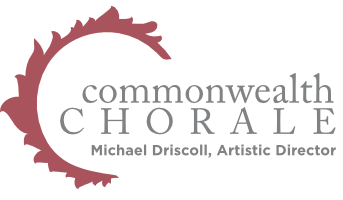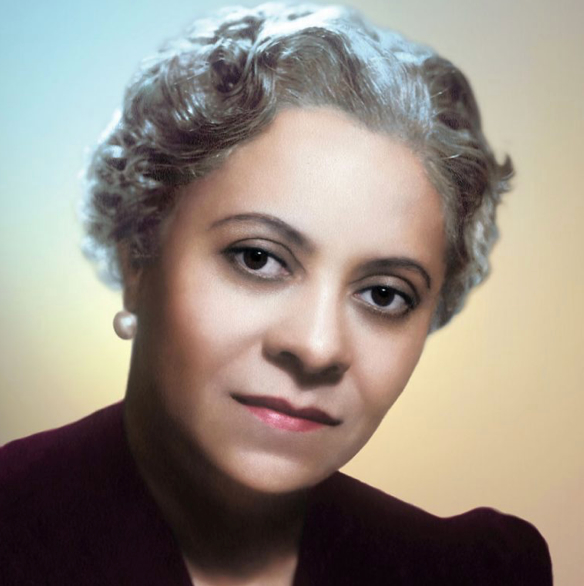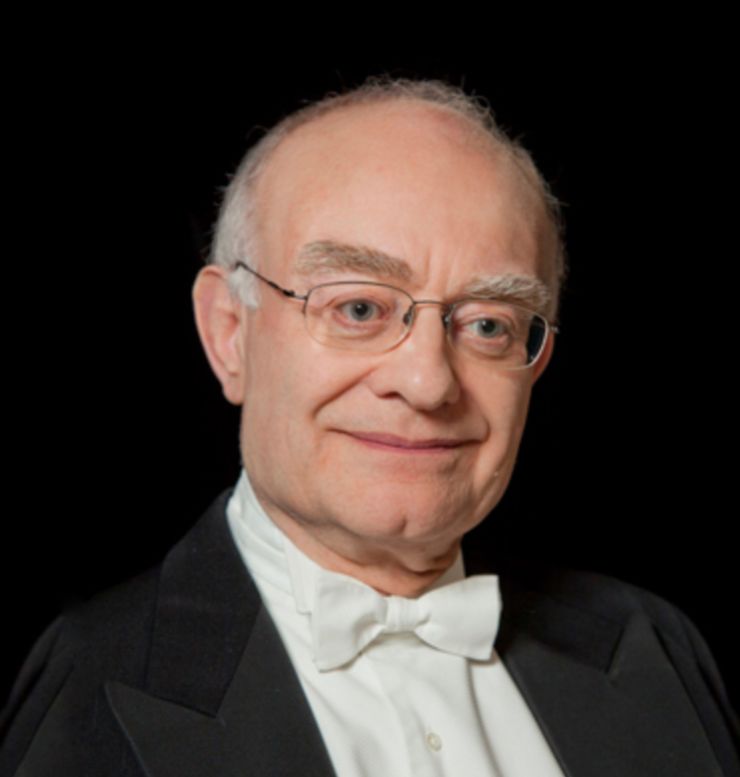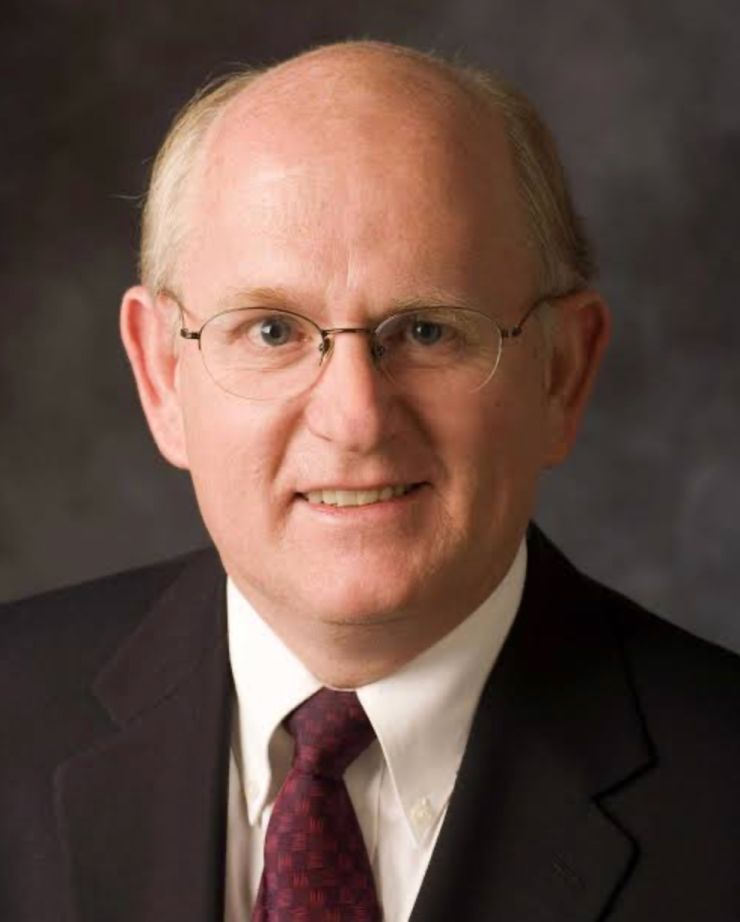Florence Price
Praise the Lord (Psalm 117)
A deeply spiritual person, Price attended church all her life. In Little Rock, she was an active participant at the Allison Presbyterian Church, founded by her parents with other members of the African-American community. In Chicago, she attended Grace Church, a Presbyterian community of about 450 members, a church she joined after her 1927 arrival in the city. Services were on Sundays; the one in the morning had organ music performed on the large pipe organ, and the one in the afternoon consisted of choral works. Since music played an important role at Grace Church, it is likely that Price wrotePraise the Lordin 1951 for performance at a Sunday afternoon service.
With just two verses, Praise the Lord, Psalm 117 as found in the King James Bible, is the shortest psalm in the Book of Psalms, as well as the shortest chapter in the whole Bible. Ever since colonial times, the singing of psalms has had a long tradition in the Presbyterian church. In the earliest congregations of Presbyterians established in the 17th century by New England Puritans, the singing of psalms was often the only form of organized music. Psalms were sung at home as well as at church on Sundays. Seen by early Christians as a fulfillment of God’s promise of mercy to all nations, Psalm 117 has been set to music by a number of composers, from William Byrd to Alan Hovhaness.
The message of inclusivity must have resonated with Price, as Praise the Lord is the only psalm setting listed in the existing catalogue of her complete works. Price set it for SATB with organ accompaniment, possibly played by herself at Grace Church. This piece illustrates her more conservative style, reflecting the romantic nationalist style of the 1920s to 1940s. To reinforce the meaning of the text, Price has the voices sing the words together, often in unison or at the octave. The forceful statement of the first verse builds up to a fortissimo for the word “Lord,” set to the longest note in the piece with the sopranos singing a high F. The second verse has many instances of chromaticism and unexpected sonorities, commonly found in Price’s musical language. The piece ends with all the voices forcefully singing the word “Lord.
Selections from Communion Service in F
Church is at the center of much of the Black community’s musical experience, so Price probably wrote PresbyterianCommunion Service in Fin 1936 for a Sunday afternoon service at Grace Presbyterian Church in Chicago. The piece is scored for SATB and organ accompaniment. The complete service consists of eight movements, in an order different from common patterns: Kyrie eleison, Before the Gospel/After the Gospel, Credo, Sursum Corda, Sanctus, Benedictus, Agnus Dei, and Gloria in Excelsis. Commonwealth Chorale is performing the Sanctus, Benedictus, and Agnus Dei, placing the Agnus Dei before the Sanctus and Benedictus, to end the piece with the striking closing of the Benedictus.
While other Black churches in Chicago focused on Gospel music, a style that married blues influences with religious themes, Grace Church followed European models. This is reflected in the piece, as Price uses exotic modulations and colorful harmonies, common features of European music of the 1930s. Her gift for melody is apparent in the Agnus Dei, where the solos for the soprano, alto, and bass sing the beautiful yearning melodies that make Price’s music so beloved of choir singers. Word painting is another characteristic of her music. In the Sanctus, she uses a fortissimo on a long note for “full,” as in “Heav’n and earth are full of Thy glory.” A dramatic modulation heightened by rich harmonies characterizes the Benedictus, as “Blessed is he…” goes from F major to A major, emphasized with a shift in tempo from Andante to Allegro, building up to a dissonant chord under a fermata, accentuating “blessed.” After the forceful ending of the chorus, the organ closes the piece with a concluding F major chord.
Short Works for Organ
Price graduated in 1906 at the age of 19 from the New England Conservatory with an Artist’s Diploma in organ and a Teacher’s Diploma in piano. The curriculum for organ students was particularly demanding and comprehensive. In addition to preparing students for concert performance, the program was designed to train church organists and choir directors. At this time, organists could always find good work, as was the case with Price. She was an accomplished organist in Chicago, accompanying silent films in movie theaters and performing throughout the city as an active member of the Chicago Club of Women Organists.
Retrospection (formerly An Elf on a Moonbeam) and Allegretto, like most of Price’s short organ works, were intended for the average amateur church organist. They make slight demands on the performer and are very accessible to audiences. Both works are in ternary form. Retrospection uses a pentatonic melody that resembles African-American music, as pentatonic scales were commonly used in Negro Spirituals and folksongs. Although these two pieces were not published during Price’s lifetime, they have become standard repertory of organists today.
Suite No. 1 for Organ
Suite No. 1 for Organ, the longest of Price’s organ compositions, was first performed by Price herself for the Chicago Club of Women Organists in April of 1942 at Grace Episcopal Church. It is also the piece that first brought national attention to Price as an organ composer, when acclaimed organist Shayne Doty performed the Suite in Atlanta’s Decatur First Baptist Church in 1992 during the National Convention of the American Guild of Organists.
The Suite is a challenging work that attests to Price’s technical accomplishments as an organist. It follows a classical organ format, although the harmonic idiom is strongly influenced by jazz harmonies, as might be expected of a person active in theater organ activities. The first two movements, both in C minor, are an improvisatory Fantasy and a four-voice Fughetta. The third, Air, is so popular that it is often performed as an independent composition. Air resembles a religious andante with its slow tempo and rich chromatic harmonization. The melody presented at the beginning is the main source for development as the movement unfolds. In this melody Price recalls Negro Spirituals, particularlyWere You There When They Crucified My Lord and Let Us Break Bread Together on Our Knees.
Toccata, a particularly demanding movement, is in rondo form, with a syncopated melody in G major. During the episodes of the rondo, sixteenth-note arpeggios alternating on three-manuals and sixteenth-note chords divided between the hands are common. These passages, inspired by late Baroque organ literature, recall passages of Johann Sebastian Bach’s famous Toccata and Fugue in D Minor. The lengthy coda reflects late 19th-century writing with its bravura five-note chords in each hand punctuated by octave pedals and chromatic manual scale passages over pedal-points that lead to a dramatic chordal close.
John Rutter: Requiem
By Michael Driscoll
John Rutter’s Requiem, composed in 1985, is one of the most beloved choral works of the 20th century. The complete work was first performed on October 13, 1985, at Lover’s Lane United Methodist Church in Dallas, Texas. Unlike much of Rutter’s work up to that point, this work was not the result of a commission. Rutter composed the Requiem during a period of personal bereavement following the death of his father the previous year. Indeed, the inscription at the top of the score bears the initials of Rutter’s father.
Following the precedent established by Johannes Brahms and Gabriel Fauré, among others, Rutter’s Requiem is not strictly a setting of the Requiem Mass of the Catholic liturgy. Instead, Rutter combined texts from both the Latin Requiem Mass and the English texts to create a personal meditation on the themes of life and death. Rutter writes, “The English texts consist of two psalms used at funerals, Psalms 130 and 23, together with some of the Burial Sentences from the 1662 Book of Common Prayer. The result is a concert work rather than a liturgical Requiem, though it has sometimes been used liturgically; in a more general sense, it feels at home, I hope, in church.”
Rutter describes the seven-movement structure of the work as arch-like. The first and last movements, Requiem aeternam and Lux aeterna, are prayers to God the Father with texts according to the LatinMissa pro defunctis. The second and sixth, Out of the Deep and The Lord is My Shepherd, are Psalms 130 and 23 as found in the King James version, respectively, both with instrumental obbligatos. The third and fifth movements, Pie Jesu and Agnus Dei, are personal prayers to Christ. The keystone of the arch is the central Sanctus, a celebratory and affirmative movement that uses bells as is traditional at this point in a Mass. Gregorian chant, a thread running through much of his work, is found at several points in this Requiem, most overtly in the Agnus Dei, where fragments of the Easter Sequence, Victimae paschali laudes, are played on the flute before and during the words “I am the resurrection and the life.” In the final movement, Lux aeterna, the opening few notes to the theme first sung by the sopranos are taken from the chant associated with that text. The accompaniment to the Requiem is found in three different versions: organ alone, organ plus six instruments, and a medium-sized orchestra. Of the three versions, this evening Commonwealth Chorale is performing the organ plus six instruments. Although smaller than a medium-size orchestra, it still offers distinct instrumental colors and timbres, preserving the depth and richness of the work.
Mack Wilberg: arr. Peace Like a River
African-American Spirituals, one of the largest and most significant genres of American folksong, are a type of sacred song created by and for African-Americans that originated in oral tradition. Seen as a survival tool for African slaves, spirituals served to express the community’s new faith, as well as its sorrows and hopes. Spirituals reflect the religious experience of a community in bondage, where music and religion from Africa interacted with music and religion of European origin. Although the exact provenance of most spirituals is unknown, spirituals were identifiable as a genre by the early 19th century. Following emancipation, the lyrics of spirituals were published in printed form. Ensembles such as the Fisk Jubilee Singers, established in 1871 and consisting of students at Fisk University, a private historically black liberal arts college in Nashville, popularized spirituals bringing them to a wider, even international, audience.
Like many spirituals,Peace Like a Riveris rooted in a Biblical text, the letter of Paul to the Galatians (5:22-23), a community of early Christians in Anatolia (modern central Turkey). Paul lists the nine fruits of the spirit: peace, joy, love, patience, kindness, goodness, faithfulness, gentleness, and self-control. The anonymous maker of the song focuses on four of the fruits— peace, joy, love, and faith—and describes them as a river flowing through his soul.
Wilberg’s arrangement dates from 2003, when he was commissioned by Penni Lewis to write a choral piece for the Park Cities Baptist Church Sanctuary Choir in Dallas. An experienced choral conductor, Wilburg set it for SATB with organ accompaniment. He highlights the call- and-response typical of spirituals by repeating each verse six times alternating the choral forces. “Peace” is sung by the two female voices and “faith” by the male voices, both statements in E major. For “hope,” he uses the complete chorus with some of the voices in divisi and with a dramatic shift to A-flat major. “Love” is sung again by the full chorus, featuring another key change, this time to C major, anticipating the end of the piece.Peace Like a Rivercloses with a tenor solo echoing all four fruits of the spirit in a beautiful and moving melody.




